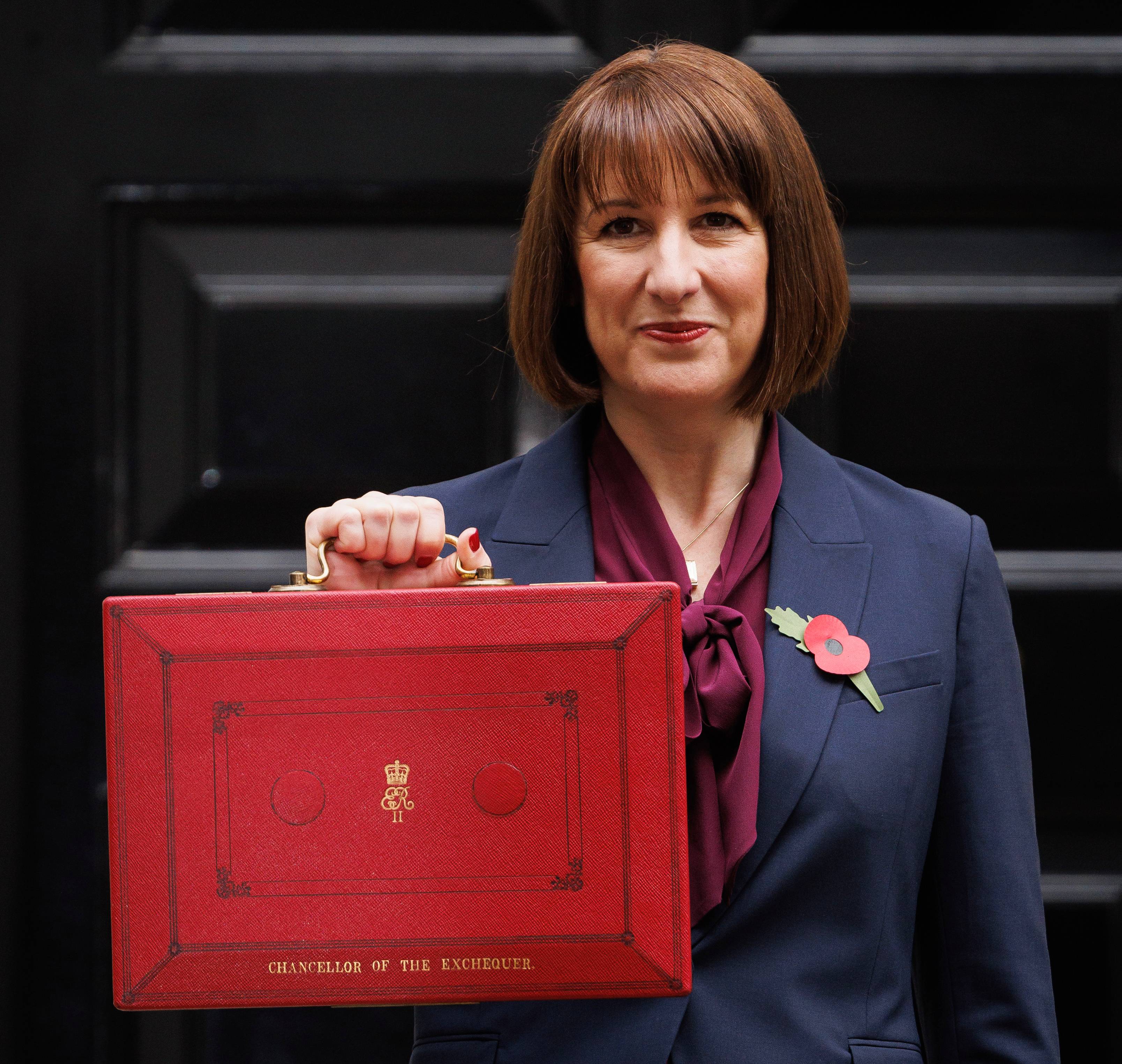Review of the week: The cost of drama
Markets are riven over weighty questions about the economic strength of our households and businesses clashing with higher living costs, and all the while lurks the menace of unknown consequences created by a rapidly changed world.

Article last updated 22 July 2025.
There should be nothing more boring than the market for 10-year US government bonds. As the global benchmark for ‘money in the bank’, it is the bedrock for deciding whether an investment is worth your while or not. If you can get 3.5% a year for buying a US Treasury bond today and going on holiday for a decade, anything else that you buy – which has a risk of going bust – needs to offer more than that to be a good idea. However, the return on that Treasury was 3.3% a couple of weeks ago. And a few weeks before that it was more than 4.0%! You’d expect bond markets to be volatile, as inflation and central bank interest rates are high and uncertain. Yet the swings of US Treasuries have been very large and frequent indeed, making for more drama than you would hope.
This makes it hard to value an all manner of investments, from all types of other bonds and commercial property through to stocks and derivatives of them. This becomes particularly acute the farther into the future the payout is expected to arrive, because there’s more time for things to go wrong or for the prevailing rate of interest to change. If the ‘risk-free’ rate of US Treasuries goes higher after you’ve bought an office block, then you’ve taken a risk for less return than people would get if they bought the building today. That means the price of the office block must fall to the point where the expected returns will make it attractive to potential buyers.
This simple example is the same for all assets, whether concrete ones like buildings, or abstract things like bonds, stocks, and derivatives (which are really just ownership of cashflows). In a nutshell, this is why everyone is so fixated on inflation and the US Fed Funds interest rate which the US central bank is using to tamp it down. If inflation continues to fade, there’s less pressure on the US Federal Reserve (Fed) to keep increasing this short-term interest rate which determines how expensive it is for banks to borrow money. And if the Fed’s short-term rate peaks, then it makes it less likely that longer-term Treasury bond yields will go much higher.
That’s not to say they definitely won’t. After a period of significant rate increases – which are intended to slow GDP growth and in doing so cool inflation – you can see how the risks begin to skew toward government bond yields falling once the Fed has finished hiking its rates. However, we think the market is currently positioning for a lower final rate and quicker rate cuts than are likely to transpire. Indeed, Fed Governors have been particularly vocal over the last fortnight about the need to need to press on with more interest rate rises.
There are, of course, asset-specific risks that could affect the price of your investments and the yields they offer: the office block you bought is a lemon that no-one wants to rent, your stock is in a Potemkin retailer, or the company that issued your bonds runs out of cash. These problems with individual investments should be partially diversified away in a well-constructed portfolio. There are market-wide problems as well, like recession, which reduce household and business spending and, in turn, company profits. It’s tough to avoid short-term investment pain in a downturn. But it’s even tougher to know exactly when to sell before recession hits and when to buy in again to benefit from the subsequent recovery.
All of this combines into a broad rule of thumb that riskier assets, such as stocks, corporate bonds and property, generally do well once the Fed’s interest rate peaks. ‘Peak rates’ seems to be the cue that many investors are waiting for. As with all rules of thumb, it’s not that simple. While the length of time between the final rate hike and the first rate cut can be long and variable, sometimes the first rate cut can be a sell signal if it’s accompanied by or foreshadows a recession for which investors haven’t priced – as in January 2001 or September 2007.
Better three hours too soon…
When will the peak in rates arrive? Estimates given over the past 18 months have been dead wrong many times as inflation – and economic growth – stayed higher for longer than most people expected. For now, most investors expect the Fed to hike rates in May by 25 basis points to 5.25% and then call it quits. But this conviction swings as dramatically as Treasury yields. One thing many investors do seem confident about is that the Fed will start cutting rates by the end of the year. For our part, we think the Fed Funds rate will rise to 5.25% and then stay where it is for the foreseeable. But we believe there’s a greater chance of the Fed moving rates higher because of stubborn inflation than there is of it reducing them.
The figures for US inflation in March were released last week. They showed headline CPI was slightly lower than expected, but core inflation (which strips out volatile energy and food prices) was still stubbornly high. The story of inflation is well told: first, the pandemic upended supply chains and boosted the demand for goods. Second, the Ukraine war and subsequent sanctions significantly reduced the supply of food and energy to the West at a time when people were demanding more as post-lockdown life returned to normal. And third, pressure on services inflation (cafes, restaurants, travel, theme parks and the like) ratchetted up, in part by tight labour markets, but also by other things, such as the prior strength of housing markets.
The first two factors are clearly fading fast. Inflation in supply-constrained goods, whose prices surged in 2021, has been close to zero for a few months. Meanwhile energy inflation actually subtracted from headline inflation last month for the first time since late 2020, while the inflationary effect of food prices continues to fall. But the third factor hasn't gone away, and will take longer to solve, especially as it generally revolves around wages, which have a perpetuating effect on inflation. As a case in point, take your pick of UK strikes about pay packets. As the cost of living rises, people demand better pay, which then feeds back into higher services inflation (services make up the lion’s share of developed economies, but especially in the UK). It’s a bit harder to strike in America. But it appears much easier to move and get a higher-paying job elsewhere, for some sorts of work at least. Wage inflation is unlikely to fall back to pre-pandemic levels on either side of the Atlantic anytime soon.
We think the Fed is laser-focused on beating inflation. At its last meeting, just after the failure of several small-to-medium-sized American banks, the Fed’s interest-rate-setting committee decided the financial system was still robust and that more rate rises would be necessary even as talking heads opined that the banking failures would make them stop. At the same meeting, Fed staff told the committee that they expected a mild recession to begin later this year. Rates went higher regardless.
So, with a mild global recession in the offing (a US downturn almost inevitably takes the rest of the world with it), and inflation still riding high, driven by strong demand for labour, it’s not hard to see why the global benchmark for investments, the US 10-year bond, is up and down like a yo-yo. As we said before, timing markets is extremely difficult, and trying to do so often costs you more in lost returns than you save in avoiding temporary price falls. This is why we are still invested, albeit in the stocks and bonds of businesses that should be able to ride out recession better than their peers and which are less susceptible to large increases in wages and borrowing costs. We are also mindful that the headline values of stock markets – particularly the US – imply future profits that we think are too optimistic, considering the chance of impending recession.
If you have any questions or comments, or if there’s anything you would like to see covered here, please get in touch by emailing review@rathbones.com. We’d love to hear from you.



